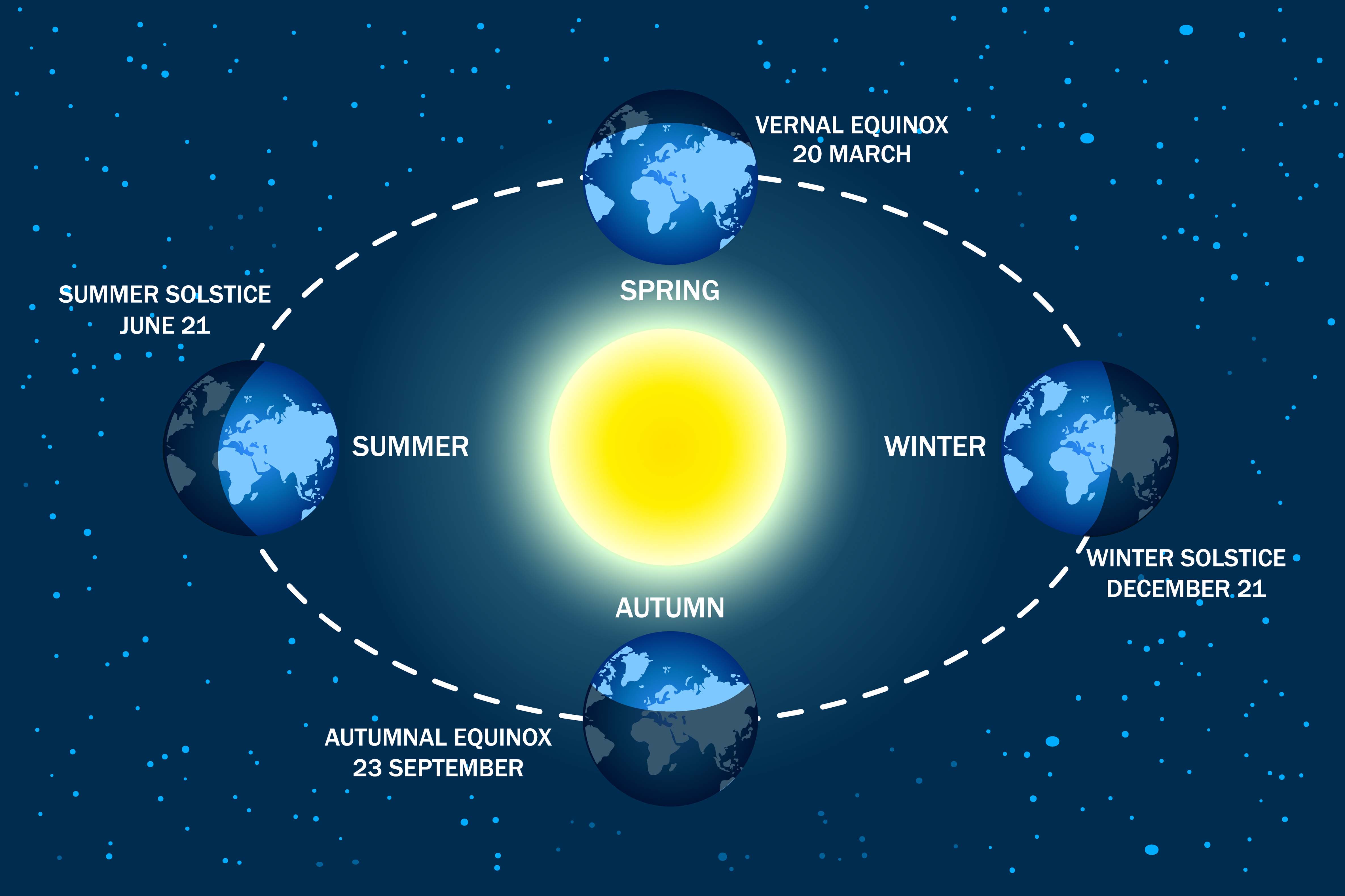For immediate release: March 1, 2022
BLOOMINGTON, Ind. -- Venus will be the first planet to appear in the morning sky during March, rising two hours before the sun and dazzling 20 degrees high in the southeast a half hour before dawn.
A half hour later Mars will rise, glowing with an amber color compared with brilliant white Venus. The two planets will move together into the constellation Capricornus during March. They will be closest on March 15, when they will be 4 degrees apart.
Venus will form a tight triangle with Mars and Saturn low in the east on March 24 and 25 an hour before sunrise. The best scene will be on March 28, when the crescent moon will join the trio of planets as morning twilight brightens.
Mercury and Saturn will be less than 1 degree apart when they rise shortly before 6 a.m. local time on March 2. See if you can spot the pair 30 minutes after they rise, when they will be 6 degrees above the southeastern horizon. Mercury will be slightly brighter than yellow Saturn. Mercury will then quickly descend into the brightening dawn until it disappears in the second week of the month.
Jupiter will pass through conjunction with the sun on March 5. The giant planet will be out of sight in the solar glare until the end of the month, when it will be just above the eastern horizon a half hour before dawn.
The only planet visible in the evening sky during March will be Uranus. A good opportunity to spot the bluish-green planet will come on March 6, when it will be about 4 degrees northeast of the crescent moon in the constellation Aries. Binoculars will be needed to pick out Uranus.
Equinox

The sun will cross the celestial equator (an extension of Earth's equator onto the sky) at 11:33 a.m. EDT March 20 heading north. This will mark the start of spring in the Northern Hemisphere and autumn in the Southern Hemisphere. For the next six months in the Northern Hemisphere, the days will be longer than the nights.
Day and night are not precisely the same length at the time of the equinox. That happens on different dates for different latitudes. At higher latitudes in the Northern Hemisphere, the date of equal day and night occurs before the March equinox. In the Southern Hemisphere, this happens after the March equinox. Information about the exact time of the equinox at different places on Earth's surface is provided by the U.S. Naval Observatory.
Moon phases
The moon will be new on March 2, at first quarter on March 10, full on March 18, and at last quarter on March 25.
Author: Hal Kibbey Email: hkibbey [at] gmail.com


 The College of Arts
The College of Arts